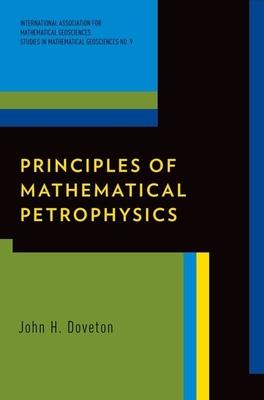The pioneering work of Gus Archie moved log interpretation into log analysis with the introduction of the equation that bears his name. Subsequent developments have mixed empiricism, physics, mathematical algorithms, and geological or engineering models as methods applied to petrophysical measurements in boreholes all over the world. Principles of Mathematical Petrophysics reviews the application of mathematics to petrophysics in a format that crystallizes the subject as a subdiscipline appropriate for the workstations of today. The subject matter is of wide interest to both academic and industrial professionals who work with subsurface data applied to energy, hydrology, and environmental issues.
This book is the first of its kind, in that it addresses mathematical petrophysics as a distinct discipline. Other books in petrophysics are either extensive descriptions of tool design or interpretation techniques, typically in an ad hoc treatment. It covers mathematical methods that are applied to borehole and core petrophysical measurements to estimate rock properties of fluid saturation, pore types, permeability, mineralogy, facies, and reservoir characterization. These methods are demonstrated by a variety of case studies and summaries of applications. Principles of Mathematical Petrophysics is an invaluable resource for all people working with data related to petrophysics.
